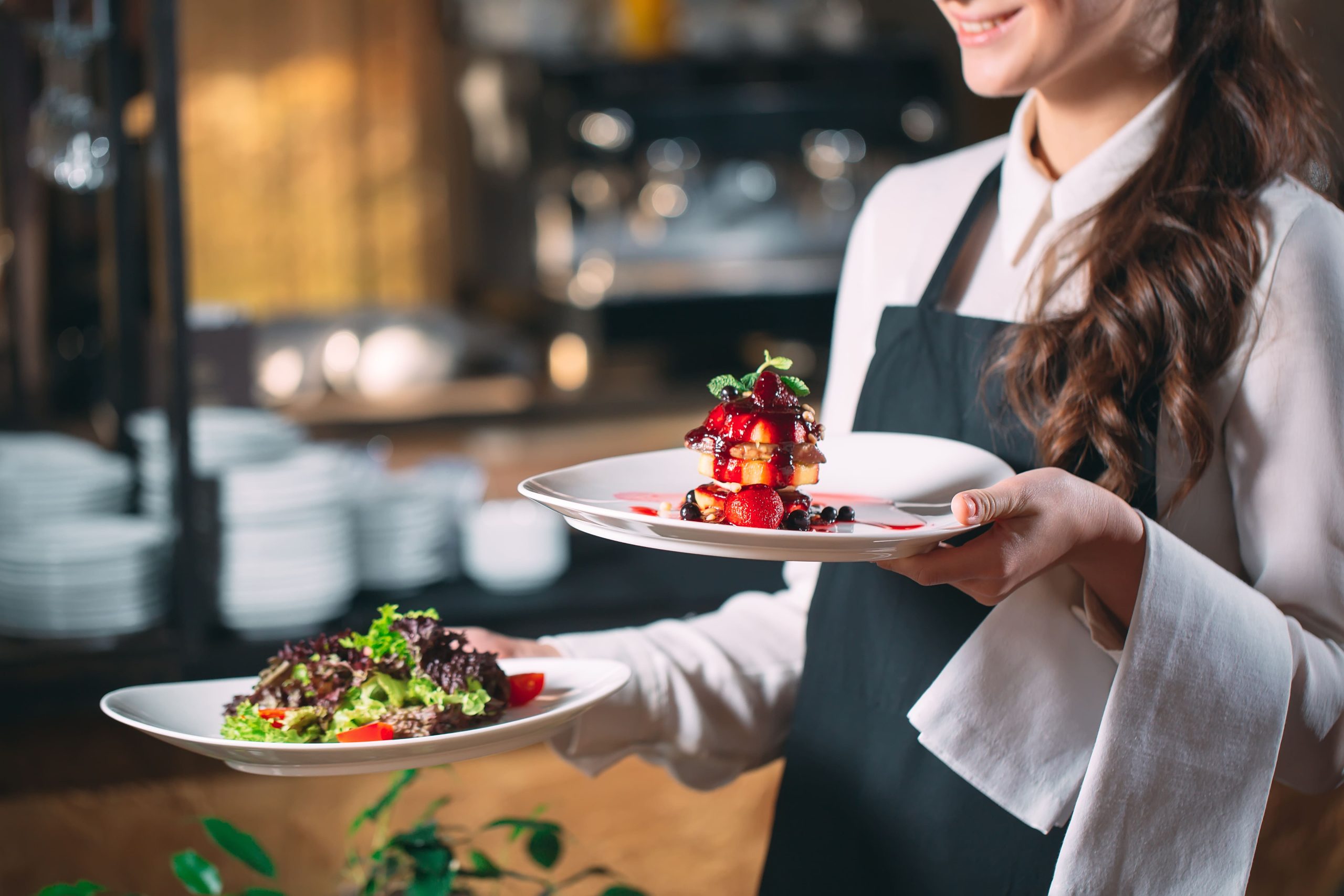The KSA food service market is one of the most vibrant and diverse market in the Middle East. As of 2024, independent outlets dominate approximately 60 % of the market. These outlets offer personalized and authentic dining experiences which is well-loved by local communities and millennials. On the culinary front, Western cuisine holds approximately 45 % of the foodservice revenue. This growth is driven by the popularity of fast food and coffee outlets among tourists and younger consumers. Additionally, the café and bar segment is emerging as the fastest growing. KSA’s food service market strikes a compelling balance between local authenticity and global best standards, setting the stage for transformative growth ahead.
What’s Driving Food Service Market in KSA?
- The rise of dual-income households and longer commutes has boosted demand for quick-service dining, transforming QSRs and takeaways into go-to choices for busy consumers. Urban density and shifting daily rhythms are fueling out-of-home dining frequency and placing QSRs squarely at the center of market growth.
- Saudi Arabia welcomed 100 million tourist visits as of 2024. Giga-projects like the Red Sea Project and Rua Al Madinah are expected to introduce 8,000 tourism-specific hotel rooms and 47,000 total rooms, adding tens of thousands of F&B outlets by 2030. Tourism-driven infrastructure and policy targets are encouraging rapid expansion in upscale restaurants, cafés, and culturally immersive dining experiences.
- Smartphone penetration and urban lifestyles have accelerated the rise of online food delivery, with platforms like HungerStation, Jahez, UberEats, and newcomer Dook intensifying competition. Additionally, integration of AI-backed logistics and IoT inventory systems has significantly improved delivery time and reliability, aligning with consumer expectations for 20-minute travel windows.
Competitive Landscape
The KSA food service market is witnessing intense competition, with domestic players, fast-scaling international QSR giants, and cloud kitchen capturing the market. The major players including AlBaik, Herfy, and McDonald dominating the landscape. AlBaik continues to hold a dominant position in the fast-food landscape with 152 outlets across Saudi Arabia and the GCC. In late 2024, AlBaik signed a partnership with local franchisees in Pakistan to expand into South Asia, aiming for 10 outlets by 2026. Herfy operates 380+ restaurants across KSA and has aggressively pursued international expansion. The company launched its first West African outlet in Nigeria in 2024, with plans to establish 50 outlets across the continent by 2035. Meanwhile, McDonald’s remains a leading international player in the Kingdom’s QSR segment. In 2024, the chain launched its first AI-powered drive-thru pilot in Jeddah, aimed at reducing average order time by 17 seconds per vehicle.
Labor Shortage Amid Saudization Pressures
The KSA food service market is facing a major challenge of skilled labour shortage, intensified by the government’s Saudization policy. This policy mandates higher employment of Saudi nationals in private sector roles, including restaurants, cafés, and QSRs. A recent report by Oxford Economics found that nearly 55% of food and beverage operators in KSA cited “difficulty in hiring qualified local staff” as a top barrier to operational scalability in 2024. Moreover, restaurant owners in Riyadh and Jeddah have seen wage bills increase by 12–18% due to a combination of new localization targets, training costs, and higher average salary expectations of Saudi workers.
Future Outlook
The KSA food service market is set to shift from a fragmented, dine-in dominated sector to a digitally powered, lifestyle-centric ecosystem that blends convenience, culture, and innovation. By 2030, over 85% of the Saudi population is projected to reside in urban areas. This urban diffusion will push foodservice operators to expand beyond Riyadh and Jeddah, creating localized formats, cloud kitchens, and smaller, automated outlets that serve Tier-2 and Tier-3 cities efficiently. Digital-first strategies will continue dominating growth, with 70–75% of orders expected to be placed online by 2030. Innovations in AI-driven personalization, predictive inventory, and automated kitchens will reduce cost-per-order and enable brands to operate more kitchens per square foot. While Saudization will remain a regulatory priority, the emergence of AI tools and kitchen automation is likely to reduce low-skill labor dependency.
Consultant at Nexdigm In their latest publication “KSA Food Service Market Outlook to 2030: By Platform Type (Marketplace Aggregators, Restaurant-Owned Platforms, Cloud Kitchens, Direct-to-Consumer (D2C) Food Brands, B2B Food Delivery Services), By Cuisine Type (North Indian, South Indian, Chinese, Fast Food, Desserts & Beverages), and By Order Type (On-Demand Orders, Scheduled Orders, Bulk/Party Orders, Subscription-Based Deliveries, Corporate Meal Deliveries)” believe that launching tier 2 cloud kitchen network and building standardization-integrated workforce pipelines can help businesses in gaining competitive advantage in KSA food service market.

